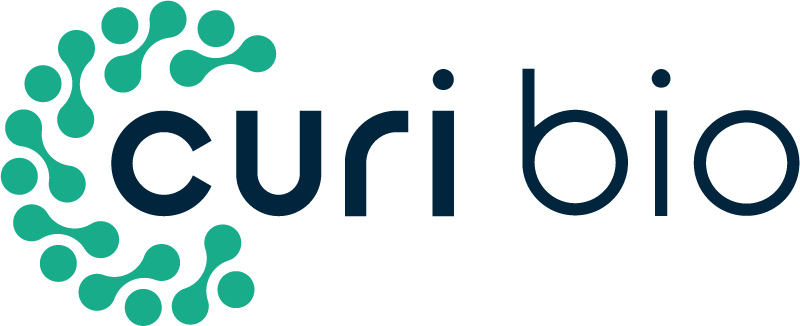Thermoresponsive Nanofabricated Substratum for the Engineering of Three-Dimensional Tissues with Layer-by-Layer Architectural Control
Alex Jiao, Nicole E. Trosper, Hee Seok Yang, Jinsung Kim, Jonathan H. Tsui, Samuel D. Frankel, Charles E. Murry, and Deok-Ho Kim (1) – (1) University of Washington
Abstract: Current tissue engineering methods lack the ability to properly recreate scaffold-free, cell-dense tissues with physiological structures. Recent studies have shown that the use of nanoscale cues allows for precise control over large-area 2D tissue structures without restricting cell growth or cell density. In this study, we developed a simple and versatile platform combining a thermoresponsive nanofabricated substratum (TNFS) incorporating nanotopographical cues and the gel casting method for the fabrication of scaffold-free 3D tissues. Our TNFS allows for the structural control of aligned cell monolayers which can be spontaneously detached via a change in culture temperature. Utilizing our gel casting method, viable, aligned cell sheets can be transferred without loss of anisotropy or stacked with control over individual layer orientations. Transferred cell sheets and individual cell layers within multilayered tissues robustly retain structural anisotropy, allowing for the fabrication of scaffold-free, 3D tissues with hierarchical control of overall tissue structure.
Keywords: Tissue engineering, Thermoresponsive, Three-dimensional
Materials & Methods: AUV-curablepoly(urethane acrylate) (PUA, Minutatek, Korea) mold was fabricated using capillary force lithography as published previously32,33,35 and was used as the nanopatterned template for the PUA-PGMA substratum (Figure 1a). To allow for epoxy functionalization of the fabricated nanopatterned substratum, 1% GMA weight/ volume monomer(Sigma-Aldrich) was added to the liquid PUA precursor (Norland Optical Adhesive), sonicated for 1 h, and then hand mixed for 10min. Solution was then degassed under a vacuum for 1 h to remove air bubbles. A glass coverslip (Ø18 mm, Fisher) was cleaned using isopropyl alcohol and brush coated with an adhesion promoter (Glass Primer, Minuta Tech) to allow for attachment of the polymer to the glass surface and air-dried. Twenty microliters of PUA-PGMA prepolymer was added to the coverslip and covered with the PUA template consisting of 800 nm wide and 500 nm deep parallel grooves and ridges. The PUA-PGMA prepolymer was spontaneously drawn into the nanofeatures of the PUA template via capillary force. The template-prepolymer-glasswascuredunder365nm UV light to initiate photopolymerization for 5 min. After polymerization, the PUA template was peeled off from the PUA-PGMA substratum using forceps and the substratum was UV-cured overnight to finalize polymerization.
Microscopic Technique: Scanning Electron Microscope
Cell Type(s): Muscle Cells

